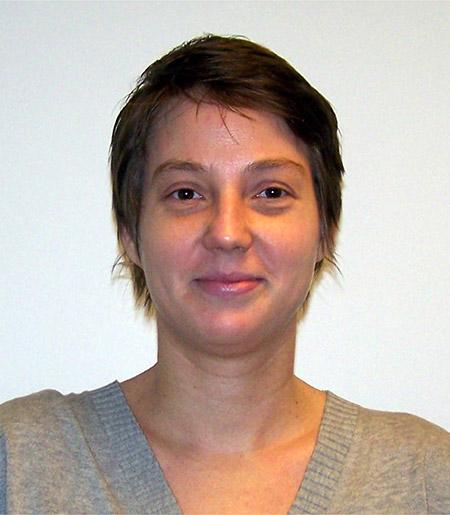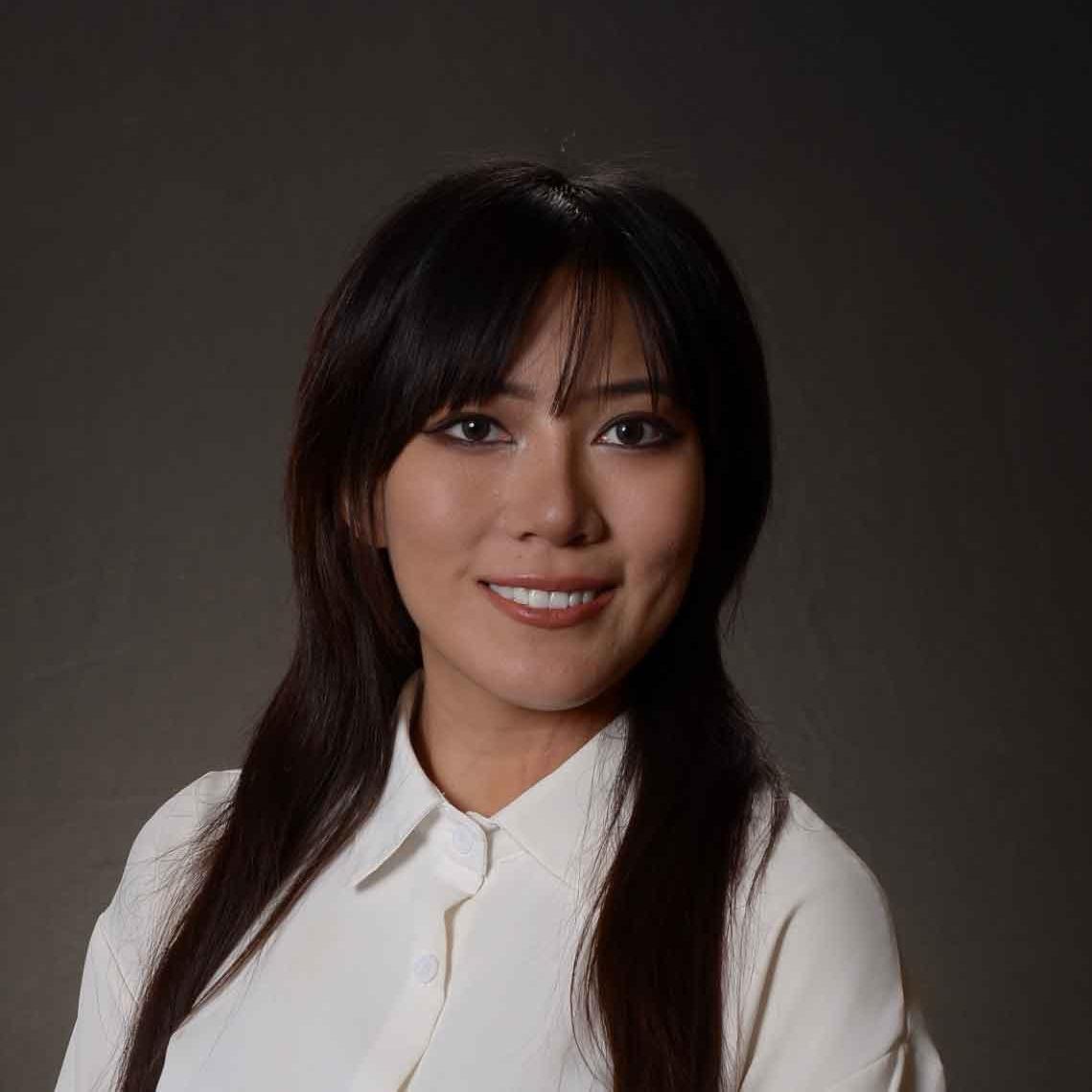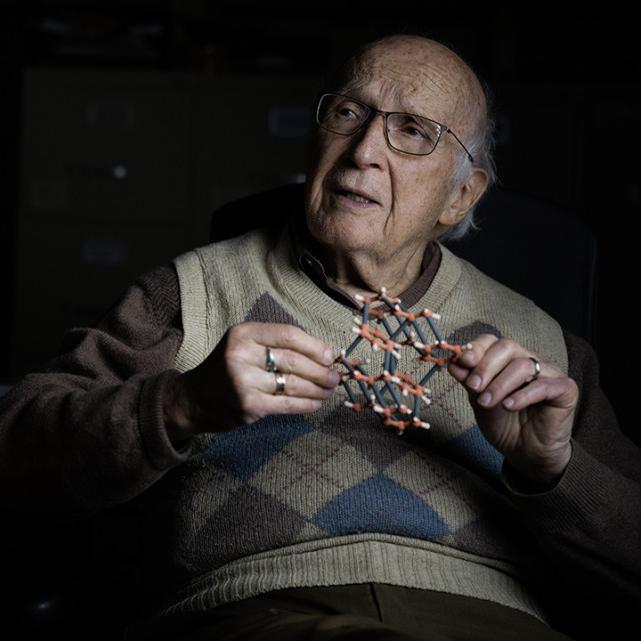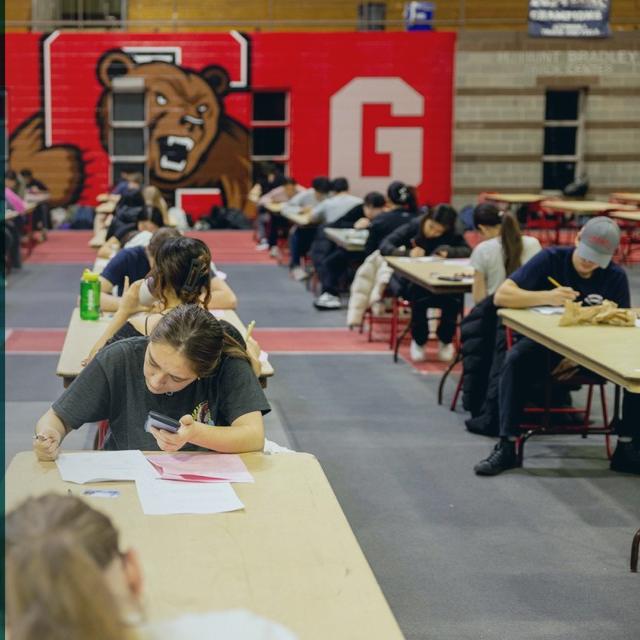In her first two years at Cornell, Emily Shapland ’24 noticed something different about her electives in the Department of Classics.
“They were the most engaging classes I’ve taken at Cornell, classes that I always looked forward to,” said Shapland, a biological sciences major in the College of Arts and Sciences (A&S). “It made a big difference in my learning, especially coming to Cornell in the middle of a pandemic. Having classes where I was so engaged – it was exciting and fun, and it really lifted my spirits for all my classes.”
The courses Shapland loved – and which led to her adding a minor in classics – were part of a departmentwide transformation to implement the latest research on how students learn. The effort was funded and supported by the Active Learning Initiative (ALI), now celebrating 10 years at Cornell and a new commitment from the university to fund additional ALI Fellows, postdoctoral researchers and lecturers who will help to implement active learning and study its impact.
Started in 2012 in A&S and led by director Peter Lepage, the James S. Tisch Distinguished University Professor Emeritus of Physics (A&S), the ALI began with three departments and six courses. The initiative has now grown to include almost 80 courses in 19 departments spanning colleges and disciplines, with nearly 5,000 students enrolled in ALI-supported classes in the 2021-22 school year alone. Through four phases of funding to departments, the ALI has increased student success, a sense of social belonging, and student and faculty engagement.
President Martha E. Pollack, Provost Michael I. Kotlikoff, and Robert Vanderlan, executive director of the Center for Teaching Innovation, were among the speakers at the Provost’s Symposium on Teaching, Sept. 29-30, which celebrated the 10-year anniversary.
Pollack credited the ALI for inspiring “educational verve,” a key Cornell priority.
“The point of universities is not simply to transmit information to students, or even to teach them how to acquire information on their own,” she said. “It’s to develop in them the sense of joy, zest, excitement – verve – for learning and discovery that will lead them to build, throughout their lifetimes, on the information that they obtained in college.”
“The program seeks to fundamentally change departmental culture, so that teaching has the same level of experimental rigor and effectiveness as our disciplinary research,” Kotlikoff said. “We’ve accomplished a tremendous amount in the last 10 years, and, given the success of the initiative, we’re looking forward to the next phase.”
The ALI has supported classes in the humanities, the social and natural sciences, mathematics, information science and engineering – with new strategies particularly impacting large introductory classes. With the help of ALI Fellows, faculty have reassessed their courses, often moving traditional lecture content outside of the classroom to make more class time for group work, discussion and debate – a back and forth that helps students and faculty assess the progress of learning and comprehension in real time. The extra time in class also provides opportunities for open-ended problem solving, often with real-world, relevant application.
Diego Estrada ’25, a physics and math major in A&S, had never experienced anything like his first physics lab at Cornell – by the end of the semester, he was working with a group of peers to develop original questions, spending five hours a week independently trying to answer them.
“In other physics courses, we’re learning about the physics that other people have done. You’re given the results they found,” Estrada said. “This was the first time I was able to look at something and say, ‘I want to know how that works and solve it myself.’”
Students in an active learning class frequently answer polling questions to gauge their learning and work in small groups to tackle problems, often with a chance to revise and analyze their methods and solutions. Two-part exams, where students take the exam independently but then immediately work through it again with a group, help them better understand their successes and mistakes. Students design end-of-semester projects based on their own questions and interests – Estrada and his group measured the speed of sound using the Doppler effect; in her Greek mythology class, Shapland analyzed the various versions of a myth that circulated in her hometown.
The emphasis on teamwork has increased the sense of belonging and community students experience in classes, providing a network of academic support that reduces stress, while giving students experience collaborating and communicating with their peers.
Deniz Sinar ’23, a bioengineering major in Cornell Engineering, said her class on heat and mass transfer connected her with some of her best friends. “And it just showed how much working with other people can help you learn and accomplish things more efficiently, because you have different perspectives,” she said.
Faculty have seen these positive outcomes repeatedly in end-of-semester course evaluations, and they’ve been documented in dozens of publications by Cornell faculty and ALI Fellows. Research has shown that the introduction of active learning can increase performance, critical thinking, a sense of belonging and self-efficacy, with particular gains for underrepresented groups. Three grants from the National Science Foundation have been awarded to Cornell instructors to continue education research.
“We engage with our colleagues about research all the time but to engage with colleagues about teaching has just been so much fun,” said Tara Holm, professor of mathematics (A&S). “This process has made teaching a more community-driven effort in the department. It’s also been really been eye-opening to interact with people from other departments, to see how it works in biology or physics, for example. We might not quite be able to translate it to math, but there are threads that you can pull into how you think about your math classroom.”
Jeremy Searle, professor of ecology and evolutionary biology (College of Agriculture and Life Sciences), said the ALI has changed the way faculty in his department view teaching.
“Initially, it was a big leap into the darkness,” he said. “We taught in our own particular ways for years and years, but looking back at that moment, it was absolutely the right thing. We have an important commitment to our students, and we’ve seen – and measured – that this really is the best way to learn.”
The ALI is funded by Alex and Laura Hanson ’87, deans of participating colleges, and the Office of the Provost. It is supported by the Office of the Vice Provost for Academic Innovation and the Center for Teaching Innovation.






